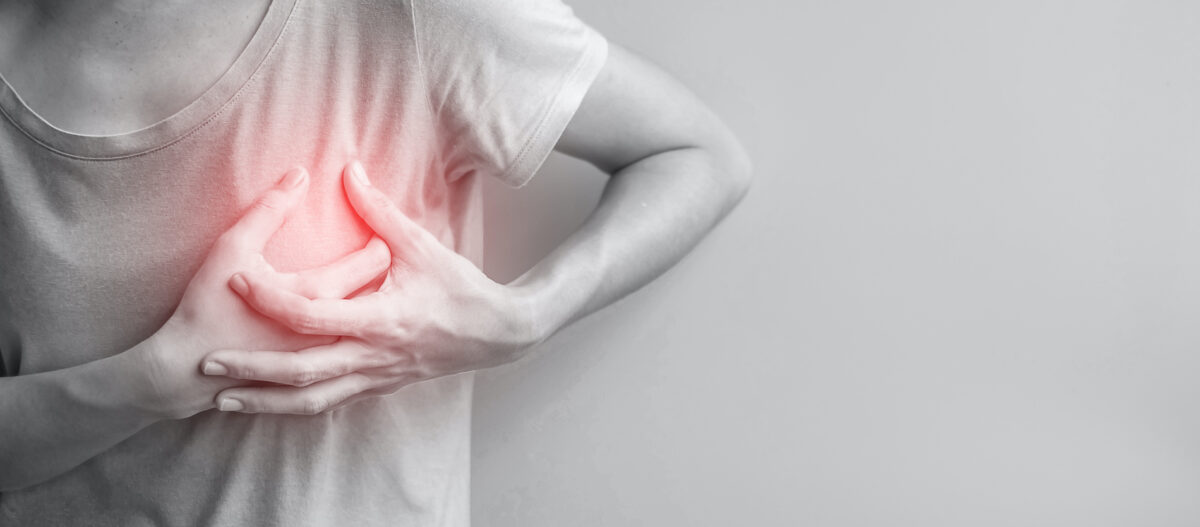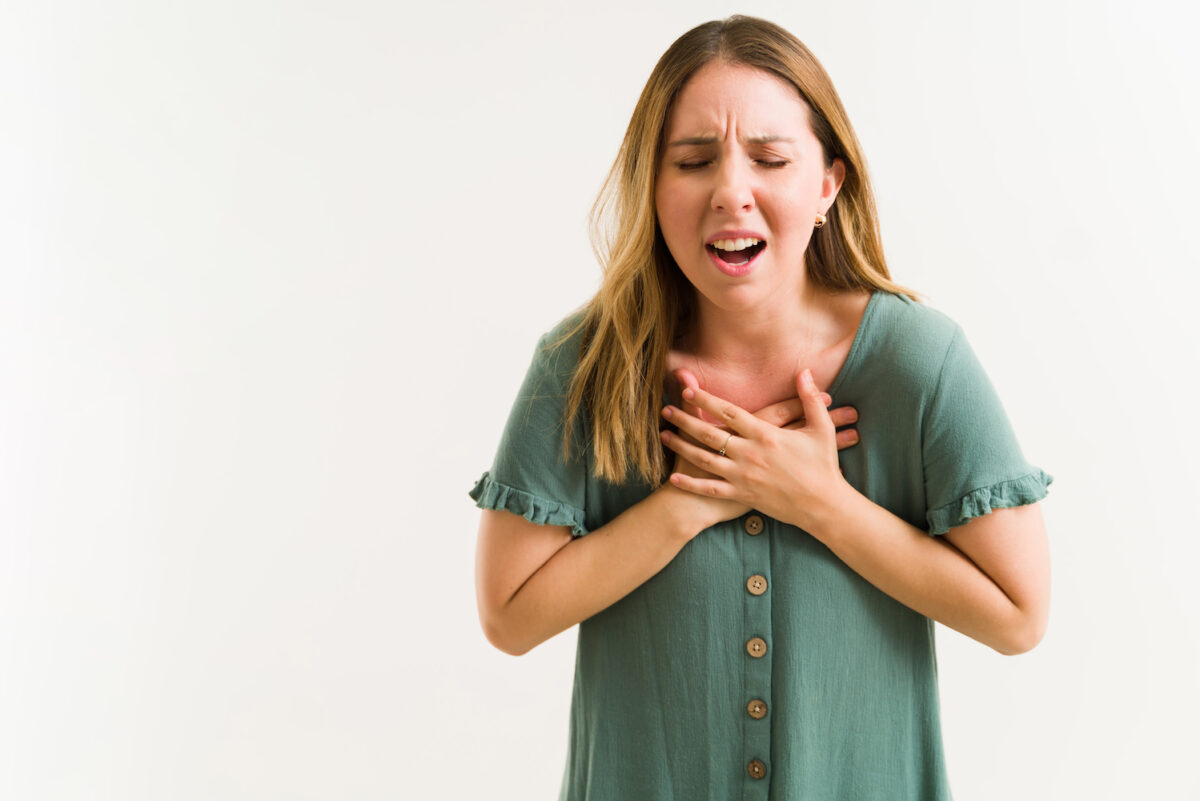What is cardiac arrest?

What is cardiac arrest?
Cardiac arrest occurs when the heart suddenly stops functioning. This is because the heart’s electrical system is not working. Electric signals are how the heart controls the rate and rhythm. During cardiac arrest, the heart does not beat as it normally does and breathing may even stop too. Cardiopulmonary resuscitation (CPR) and shocks to the heart from an automated external defibrillator (AED) can restore the heart and prevent death.
It should also be noted cardiac arrest is different from heart attack. A heart attack is a circulation problem caused by a blockage of blood flow to the heart. However, a heart attack can lead to cardiac arrest.

Heart conditions cause cardiac arrest?
Cardiac arrest is commonly caused by an underlying irregular heart rhythm, such as ventricular fibrillation. The condition of the heart can also be the cause of cardiac arrest. Heart conditions include coronary artery disease, prior heart attack, enlarged heart, heart valve disease, heart defects at birth and signaling problems. However, the cause in some people may be unknown.
Risk factors
The risk factors for sudden cardiac arrest include:
- Family history of coronary artery disease or sudden cardiac arrest
- Smoking
- High blood pressure
- High blood cholesterol
- Obesity
- Diabetes
- Inactive lifestyle
- Advanced age
Symptoms
The symptoms of cardiac arrest are sudden and severe. There may be no warning. Sometimes prior to cardiac arrest, a person may feel chest discomfort, shortness of breath, weakness or a fluttering or pounding heart. During sudden cardiac arrest, the person will collapse suddenly and lose consciousness. They will have no pulse and no breathing.
Beginning CPR
If you see a person in cardiac arrest, call 911 or emergency services. The next step is to start CPR and use an AED. Follow the American Heart Association guidelines for CPR. Push hard and fast into the person’s chest at 100-120 pushes a minute. Allow the chest to rise or recoil between each compression. Then, check the person’s airway. If visible and clear, deliver 2 rescue breaths after every 30 compressions. If there is an AED available, turn it on and follow the voice instructions. AEDs are programmed to deliver shock to the person’s chest through pads if needed. It is important to follow these steps until medical help arrives.
Summary:
- Definition:
- Sudden heart function cessation due to electrical malfunction, disrupting normal heartbeat and breathing.
- Causes and Distinction:
- Often caused by irregular heart rhythms; differs from a heart attack involving blocked blood flow.
- Underlying Heart Conditions:
- Conditions like coronary artery disease, prior heart attack, enlarged heart, and others contribute to cardiac arrest risk.
- Risk Factors:
- Family history, smoking, high blood pressure, cholesterol, obesity, diabetes, inactivity, and advanced age.
- Symptoms:
- Abrupt and severe, including chest discomfort, shortness of breath, weakness; during an event, the person collapses, loses consciousness, and stops breathing.
- Immediate Response – CPR:
- Call 911, initiate CPR with chest compressions, and use an AED if available for shock delivery.
- Continued Care:
- Sustain CPR and AED use until professional help arrives; prompt intervention is critical in saving a life during cardiac arrest.

This article reviewed by Dr. Jim Liu, MD and Ms. Deb Dooley, APRN.
There’s nothing more important than our good health – that’s our principal capital asset.
#medical #telehealth #umedoc






